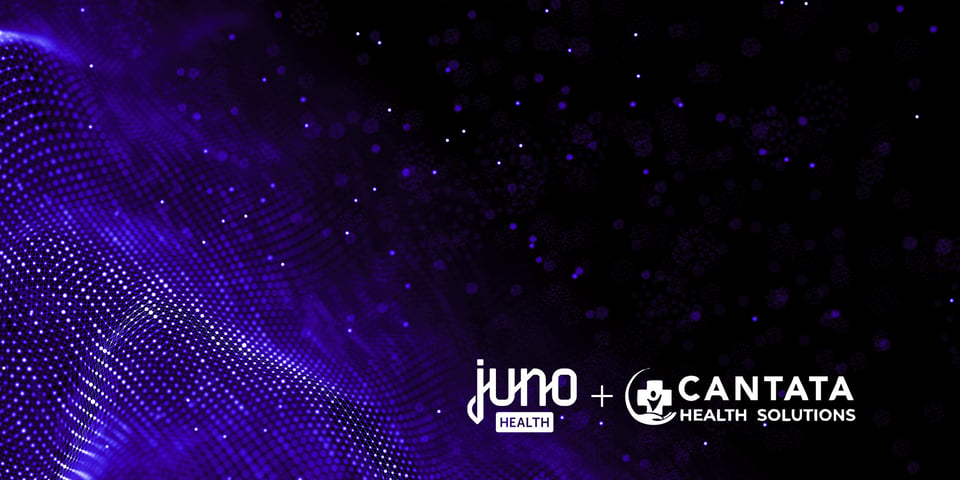Levels of caregiver burnout have reached historic levels, despite billions spent on healthcare technology, and EHR technology specifically. The purpose behind this investment is to alleviate caregiver burdens and enhance efficiency. However, these technologies often inadvertently exacerbate the problem by introducing additional challenges such as the need for workarounds, inadequate interoperability functions, and a lack of input from clinicians who have firsthand experience working with the software on a daily basis.
In early 2022, almost 2,500 U.S. physicians responded to a survey from the AMA, the Mayo Clinic, Stanford University and the University of Colorado. Researchers found that in 2021, 62.8 percent of physicians had at least one manifestation of burnout, up from 38.2 percent in 2020.
The situation is even more alarming in nursing. A 2021 Nursing Central survey of thousands of U.S. nurses showed that 95 percent of nurses felt burned out over a three-year period, and an incredible 91 percent had considered leaving or were actively looking to leave the profession.
Inefficient healthcare EHR technology is a contributing factor to this wave of burnout; healthcare workers often spend too much of their days wrestling with out-of-date technology, leaving them less time for the reason they got into the profession: interacting with and helping people.
Outdated healthcare technology costs not just time and energy but also, of course, money. In many industries, technology has driven down costs, but the opposite has happened in healthcare. Much of this is due to the monolithic architecture of legacy EHRs, which were originally billing systems and not designed for the delivery of care. These EHRs can’t be configured to meet the needs of local caregivers without a lengthy and expensive revision by the vendor.
EHR TECHNOLOGY IN HEALTHCARE: THE DAWN OF 21ST CENTURY EHRS
What’s needed is an entirely new generation of EHR technology in healthcare. These could be called “21st-century EHRs” because they would anticipate and meet the requirements for freely sharing data contained in the 21st Century Cures Act. Specifically, provisions in the law call for partnerships among health information exchange networks, educational and research initiatives, and health information technology certification requirements that encourage interoperability.
Juno EHR is an example of a 21st-century EHR. It has been designed with open architectures, a move away from all-inclusive and inflexible systems. Juno EHR is United States Core Data for Interoperability (USCDI) compliant right out of the box. The USCDI is a standardized set of health data classes and constituent data elements for nationwide, interoperable health information exchange.
It is also cloud-native, in a way earlier client-server generations were not. Juno EHR is designed to run in a cloud computing environment to provide technology patient care. It is designed to be scalable, highly available, and simple to control. Traditional solutions, in contrast, are frequently created for on-premises systems before being modified for a cloud environment. This results in low performance and high complexity and cost.
HOW DOES EHR TECHNOLOGY IMPROVE PATIENT CARE?
21st-century EHRs like Juno EHR are purposely designed with Fast Healthcare Interoperability Resources (FHIR) API interoperability standards model as a starting point, rather than trying to retrofit FHIR into a closed, legacy system. APIs based on FHIR make hospital systems and behavioral health systems more intuitive and configurable. FHIR acts as the connective tissue between all parties that need to access patient information. When this sharing is done via open APIs, the right information is available at the right time, and the right medical decisions can be made.
Juno EHR’s flexible, low-code/no-code design means it can be tailored for the specific technological work processes of healthcare organizations. Informatics staff at the point of care can move away from managing servers and tailor their EHR for all the different user roles, programs, patient types, and regulatory requirements necessary.
Every configuration change no longer requires a brand-new “build.” Instead of being nickel-and-dimed every time a new treatment plan is needed, for example, staff can create that plan themselves. With Juno Health, what used to take two months can be done over a weekend.
THE EFFECT OF EHR TECHNOLOGY ON HEALTHCARE
The goal of EHR health information technology should be to streamline job processes and enhance efficiency, especially when it comes to emergency care. Though this has occurred in many industries, the effect of EHR technology on healthcare has been notable. However, next-generation EHRs like Juno EHR promise a shift in the tide. By offering IT solutions designed for healthcare workflows and in compliance with new regulatory requirements, these systems form a vital foundation for the broader ecosystem of modern digital health applications, services, and devices.
With certified EHR technology like Juno EHR, we can provide healthcare workers with the tools they need to work smarter and not just harder. By doing so, we can contribute to better compliance, improved patient care, and a bit of respite for our dedicated healthcare professionals at the end of the day. We owe them technology that can keep up with their commitment and passion for their patients.




